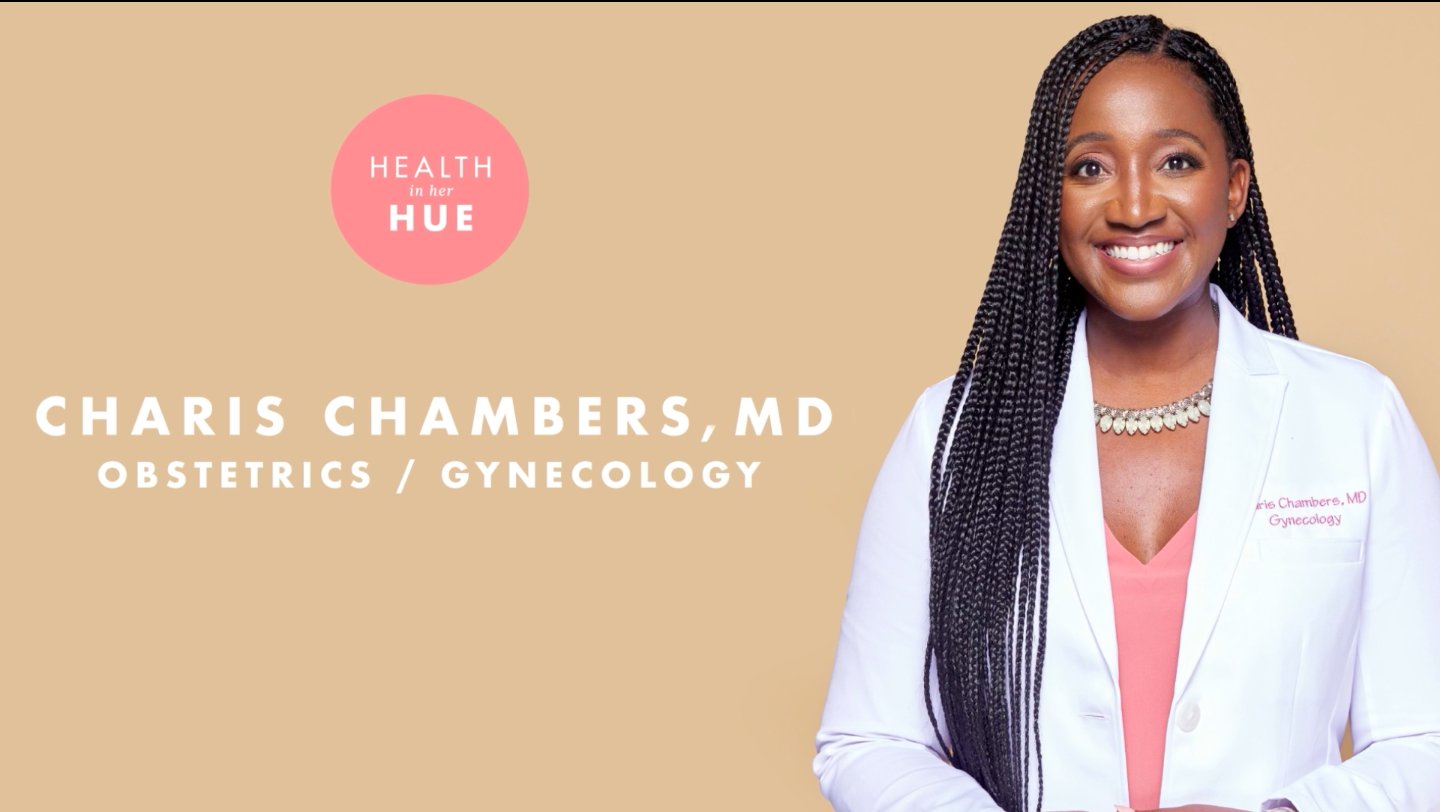
Myth-Busting: Dispelling 5 Common Myths about HIV/AIDS
Health In Her Hue has partnered with ViiV Healthcare to bust common myths around HIV and destigmatize how we talk about HIV and prevention. Learn more about your options for HIV prevention here.
Our understanding of HIV has come a long way since the height of the epidemic in the United States in the 80s and 90s. People who lived through those years will likely recall moments like Magic Johnson’s retirement from the NBA after his HIV diagnosis in 1991 and Princess Diana making headlines for shaking the hands of people living with HIV/AIDS. AIDS was the number one cause of death for adults at that time, and treatment was not as advanced or accessible as it is now. Thankfully, much has changed.
Today, living a healthy and full life with HIV is possible due to advancements in treatment and prevention options. It is now a proven scientific fact that individuals who achieve and maintain an undetectable viral load will not transmit HIV to their sexual partners (this is known as “undetectable = untransmittable” or “U=U”). Despite this progress, HIV remains a public health crisis that is fueled by misinformation, stigma, and fear. These are very real barriers that make it hard for people to get the care they need to live a healthy life.
Sharing the facts about HIV is key to ending the epidemic. And it is something that each of us can do with our partners, families, and friends. That’s why we’re working with ViiV Healthcare, the only pharmaceutical company 100% focused on HIV, to break down some of the most common myths surrounding the virus.
Myth: HIV only impacts gay men.
Anyone can acquire HIV, regardless of sexual orientation or gender identity. It is true that men who reported male-to-male sexual contact are disproportionately affected by HIV. However, one in five new cases of HIV in the United States were among women, and 60% of those cases were Black women. This stereotype stigmatizes certain populations while causing other groups to ignore HIV because they assume it’s not relevant to them. As Black women, it’s critically important for us to be aware of HIV’s disproportionate impact on our community and to understand our options for prevention and treatment.
Myth: You can get HIV by being around people who are HIV-positive.
HIV is not airborne and cannot be spread by water or casual contact (including hugging, social kissing, or shaking hands). HIV is not transmitted by saliva, sweat, touch, or tears. The only known HIV transmission methods include exposure to blood or bodily fluids like semen, vaginal fluid, or breast milk from an HIV-positive person. This can happen through unprotected sex, intravenous drug use, pregnancy, breastfeeding, or blood transfusion. Mother-to-child (MTC) transmission (i.e. transmission of HIV during childbirth or breastfeeding) is preventable with medication. Transmission through blood transfusion is extremely rare, as medication can reduce the amount of HIV in the body.
Myth: HIV and AIDS are the same thing.
HIV and AIDS are not interchangeable terms. HIV (human immunodeficiency virus) is a virus that can lead to AIDS (acquired immunodeficiency syndrome). When HIV is left untreated, it takes a toll on the body’s immune system, diminishing its ability to fight off other infections. This can progress to AIDS, where HIV has attacked the immune system to the point of affecting its ability to fight the virus effectively. You cannot receive an AIDS diagnosis without first being HIV positive, but you can live a full life with HIV and never develop AIDS
Myth: An HIV diagnosis is a “death sentence”.
Thanks to effective treatment, receiving an HIV diagnosis is not a death sentence. In fact, most people can live healthy lives that last as long as those without HIV if they start and stay on treatment. Take the initiative to get tested and know your status. If positive, talk with your doctor about which treatment option would be best for you and your lifestyle. It’s important to know that an HIV diagnosis also does not mean the end of a healthy sex life. HIV-positive individuals on treatment can maintain an undetectable viral load and will not pass HIV to their sexual partners.
Myth: There’s no way to prevent acquiring HIV.
There are options when it comes to HIV prevention, including condoms and a medicine known as “PrEP” (or pre-exposure prophylaxis), which can substantially reduce your chance of getting HIV. PrEP can be more than 99% effective at preventing HIV from sex when it’s taken as prescribed. It can be taken either as a long-acting injection or a daily pill.
Stopping HIV stigma can start with you. We have the power to educate ourselves about HIV, protect our sexual health, and help keep our community safe. Take the first step by reading more through resources from Health In Her HUE and from ViiV Healthcare on how we prevent HIV.
More Content
Reproductive & Sexual Health
Don't Get Burned This Summer
Summer is the perfect time for relationships,...












